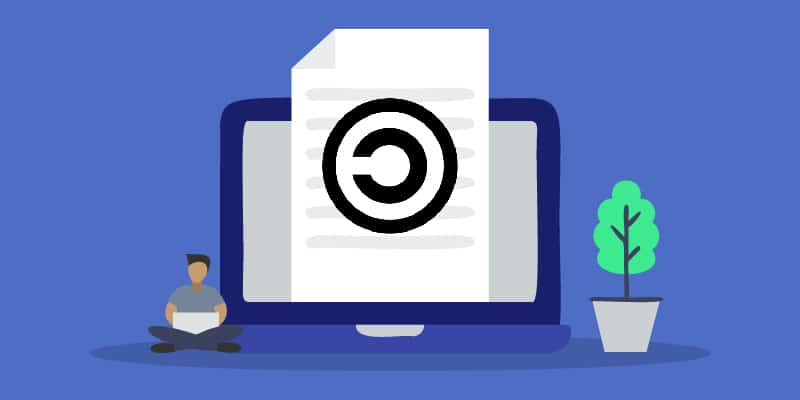In principle, the easiest way to make a program free is to distribute it in the public domain and not attach any copyright to it. However, it also exposes this program to be modified and copyrighted which would make it proprietary software.
It was then that the notion of copyleft appeared : “software under copyleft (literally, copyright) is free software, the distribution conditions of which prohibit new distributors from adding additional restrictions when they redistribute or modify the software. This means that every copy of the software, even if it has been modified, must be free software.
Thus, two main categories of free licenses appear: copylefted licenses and non-copylefted licenses . While copylefted licenses like the GNU GPL (see next section) insist that modified versions of a program must also be free software, non-copylefted licenses are silent on this point. The GNU Project site strongly recommends copyleft , of course , because it protects the freedom of all users, but non-copylefted software is useful for the free software community nonetheless.
